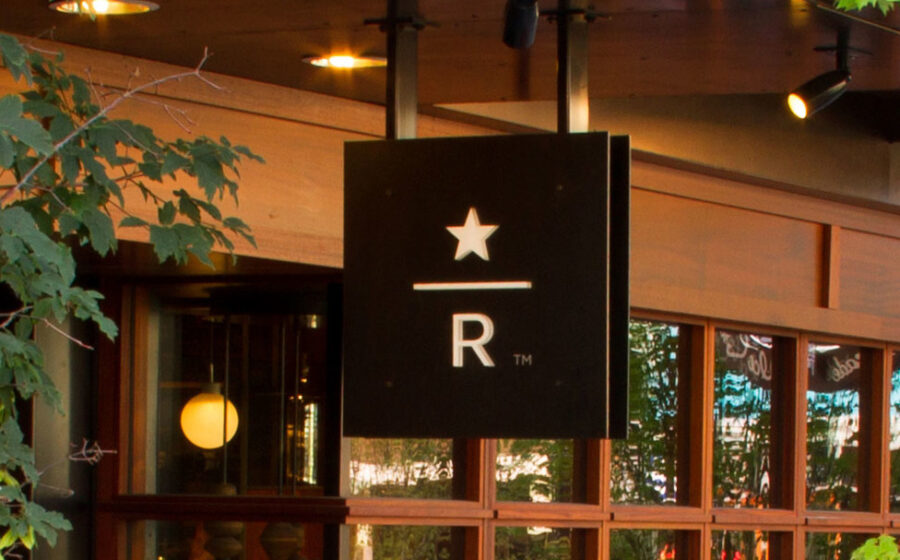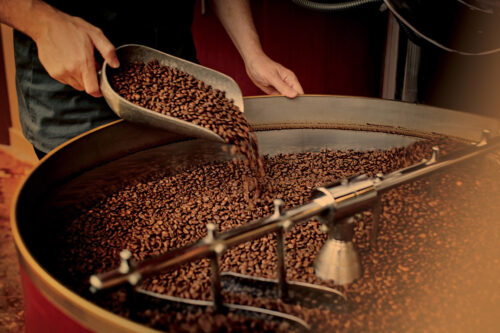[I]t was always irksome that Starbucks talked itself up as being the leading edge of coffee, but there were reasons to begrudgingly accept, or shrug off, the claim. Without Starbucks, it’s hard to see coffee being in the place it is now. Fine. It’s also what successful companies do, especially those traded on the stock market.
Early last month, Starbucks announced it was opening a roastery and tasting room on Capitol Hill in Seattle that would feature its reserve line of coffees. Their press release says, in third person, “This consolidation of small-batch roasting will allow the company to expand their Starbucks Reserve coffee line to 1,500 locations globally, as well as open at least 100 stores designed to highlight these rare coffees exclusively.” Yes, small-batch, consolidation, and 1,500 were used together.
The announcement, filled with plenty of other Starbucks-sized numbers, included this quote from president Howard Schultz: “the Starbucks Reserve Roastery and tasting room is a multi-sensory experience that will transform the future of specialty coffee.” That sort of puffery is just lame. Victrola Coffee Roasters and Caffe Vita are two local roasteries on Capitol Hill that Schultz is ignoring, and Stumptown’s Seattle roastery is two blocks off Capitol Hill. There’s not enough space here to list all the other café-roasteries within five miles of Starbucks’ so-called transformative space.
This has an analog in the craft beer world. Beginning in the mid-2000s, about the time craft beer began making regular appearances in the mainstream press, a wave of faux-micros appeared, jacking the branding and styles of the small brewers. It was obnoxious to find out you overpaid for a Budweiser product. Mostly, though, it showed how deeply craft beer had cut into the beer market.
A similar dynamic is at play here. If the small chains and single-store roaster-retailers aren’t eating into Starbucks profits, they’re at least boxing out a growing segment of coffee drinkers. Starbucks has been experimenting for years with ways to catch up with the cutting edge of coffee, which is probably impossible for a company its size. They seem to agree, and essentially created a new brand, with minimal connections to its parent, to try to compete.
Schultz’s quote may be annoying, but take heart: there’s something flattering knowing you’re a threat.
—Cory Eldridge is Fresh Cup’s editor.
















